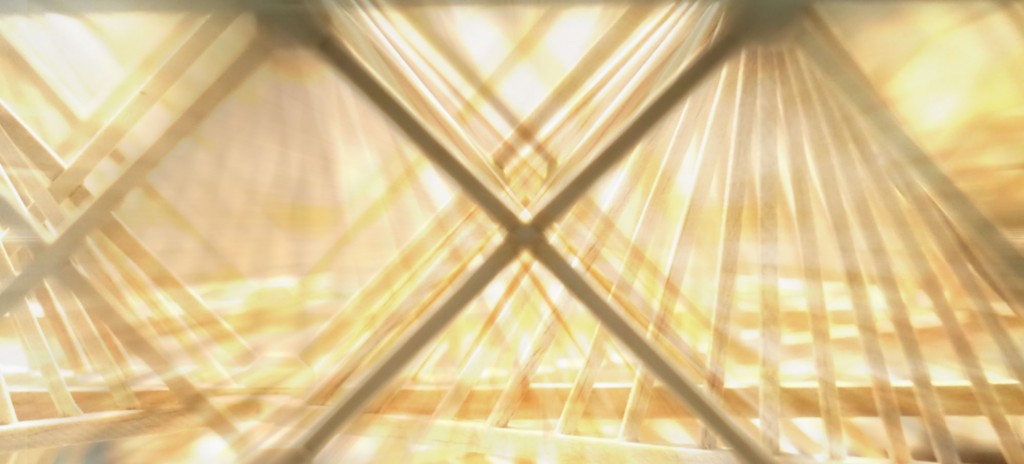
Rolfers have for many years the incorporated the concept of the tensegrity model of Buckminster Fuller, a friend of Dr. Ida Rolf, into their conceptualization of bodywork. Fuller gave the world these insights from his architectural concept of the geodesic dome. We see the concept also displayed in structures like tents and sailing ships. What defines this model is a continuous tensional network (tendons) supported by a discontinuous set of compressive elements called struts. What is important about this for us as bodyworkers, beyond the obvious, is the discovery by Dr. Ingber of the Harvard medical school in 1993. He and his colleagues demonstrated how tensegrity is involved in the regulation of cell and tissue architecture. His work describes a network of structural systems and energy informational systems and how the body and its numerous parts including the cells are in actuality a tensegrity system.
When we apply this is vision to the myofascial system, we see how the body has this remarkable ability to absorb and distribute energy from an external force vector. From a Structural Integrationist standpoint, a well organized fascial system can help to reduce injury and dysfunction. The concept of tensegrity also makes sense in more obvious ways to us as bodyworkers. We understand that imbalance due to shortening or inflexibility issues in one part of the body will impact the entire system. That being said, I always look to the pelvis, because any imbalances there will impact the entire system. I don’t wait for a client to steer me in that direction. Their upper or lower body issues that brought them to my table, just might be due to pelvic imbalances that are affecting the myofascial/tensegrity system.
Once a part of the “geodesic human dome” is brought into a more pliable space, the entire filed shifts to accommodate the changes. Dr. Rolf was criticized by some for her 10 session series, believing it was a marketing ploy. But, those of us who understand all the physical and emotional impacts that have transpired by the time the client reaches our tables, know very well that 10 hours or so is just a beginning to make lasting changes in their structure.
The Bowen technique that I was certified in and practiced for 5 years, and still use occasionally
in a session, has a plucking type of movement inherent to its technique. I heard it spoken that
the plucking movement created a “tone” that vibrated through the body reflecting for itself and
that reflection created a homeostatic response, or something of that nature. It made sense to
me as a Rolfer because if you pluck one of the structural aspects of a dome, you can feel the
vibration in other parts of the dome far from the original “disturbance”. So our bodies are both a
structural and vibratory type of mechanism. I don’t think it’s a great leap to think we as therapists
also have an effect on the biochemical processes of the body when we begin to apply our
techniques.
What is one of the take home practices from this article? The dysfunction that your client brings to your table, or the pain they wish for you to help them with in a particular part of their body, ain’t always where you think it is. Think in a more global tensegrity model and think in layers.
Interesting. I have had Bowen work done on me and was thinking about taking the course but chose Biodynamic Craniosacral certification first. Not many people mention Bowen. Do you use it much in your practice?
I did practice it for nearly 5 years, but the technique is really designed much like a busy chiropractic practice, tom would move from room to room as the worked “cooked”. I sat on my couch and waited the 3 minutes or whatever it was.I much prefer cranial work, but Bowen is effective.